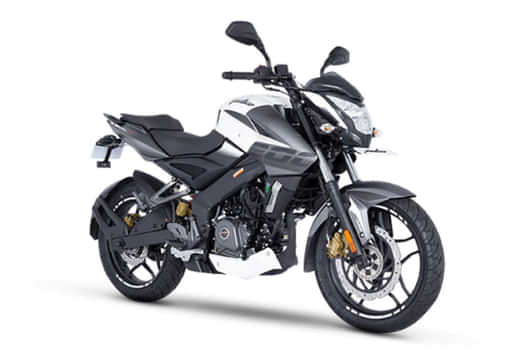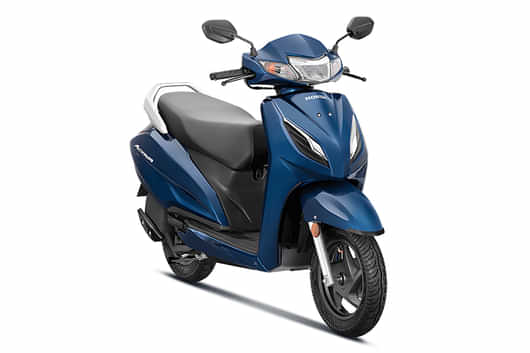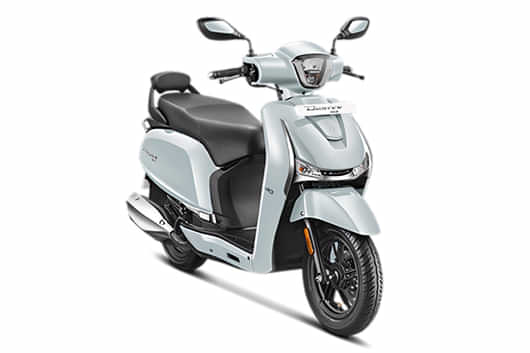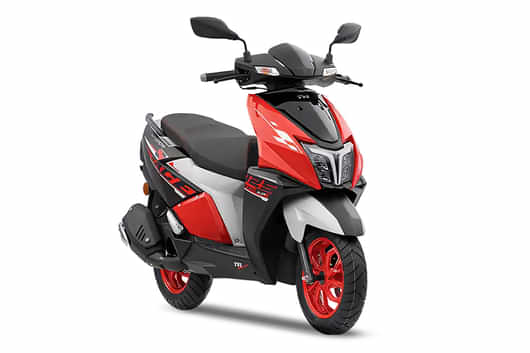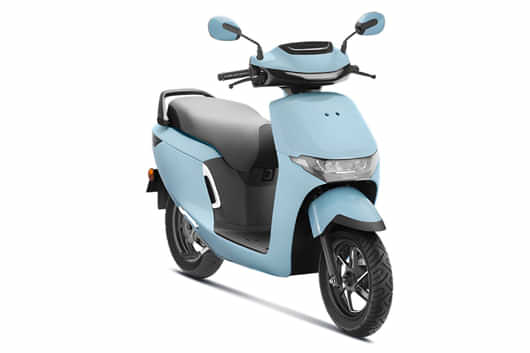
KEY HIGHLIGHTS
- Don't overlook worn-out tyres!
- Learn to spot the signs: cracks, low tread depth, and bulges
- Stay safe on the road with our expert tips on tyre identification
Regarding road safety, one of the critical components of a vehicle is its tyres. A worn-out tyre can significantly compromise your vehicle's performance, handling, and safety. Therefore, it is crucial to regularly inspect your tyres and be able to identify signs of wear. In this blog post, we will guide you through the process of identifying worn-out tyres, helping you ensure your safety on the road.
1. Check the Tread Depth

The tread depth is one of the primary indicators of a worn-out tyre. A tyre's tread provides grip and traction on the road, especially in wet or slippery conditions. To measure the tread depth, you can use a tread depth gauge or rely on the built-in tread wear indicators, often known as wear bars, which are small raised sections at the bottom of the main grooves across the tyre. If the tread has worn down to the level of these wear bars or is significantly shallower than the recommended depth (usually 1.6 millimeters), it is a clear sign that your tyre needs to be replaced.
2. Look for Uneven Wear Patterns
Inspecting the tyre's surface for uneven wear patterns can provide valuable insights into its condition and potential issues. Irregular wear may indicate vehicle alignment problems, improper inflation, or suspension issues. Common types of uneven wear patterns include:
Cupping or scalloping
If you notice scalloped dips or cups appearing around the edges of the tread, it is likely due to balance or suspension problems.
Feathering
Feathered edges occur when the tread ribs are smooth on one side and sharp on the other. This type of wear indicates misalignment.
Center wear
Excessive wear at the center of the tread suggests overinflation, causing the tire's center to bear most of the load.

3. Check for Cracks, Bulges, or Blisters
Inspect the sidewalls of your tyres for any cracks, bulges, or blisters. Impacts with curbs, potholes, or other objects on the road can cause these. Cracks on the sidewalls may indicate age-related deterioration, while bulges and blisters can suggest internal damage. If you notice any of these signs, it is advisable to replace the tyre promptly, as they can lead to sudden tyre failure and blowouts.
4. Pay Attention to Vibration or Noise
While driving, if you experience unusual vibrations or excessive road noise, it could indicate a worn-out or damaged tyre. Vibrations might occur due to irregular wear or a tyre out of balance. Unusual noise, such as excessive humming or thumping sounds, can be caused by uneven wear or other tyre-related issues. If you notice these symptoms, have your tyres inspected by a professional.

5. Consider the Tyre's Age
Even if your tyres show no obvious signs of wear, it's essential to consider their age. Tyres have a finite lifespan, and the rubber compound deteriorates as they age, leading to reduced performance and safety. Most tyre manufacturers recommend replacing six to ten-year-old tires, regardless of their tread depth or apparent condition.
Tips For Tyre Maintenance
Additionally, it's important to mention that proper tyre maintenance and care can extend their lifespan and delay wear. Here are a few tips to help you get the most out of your tyres:
Maintain the recommended tyre pressure: Underinflated or overinflated tyres can wear out unevenly and reduce fuel efficiency. Regularly check the tyre pressure using a pressure gauge and adjust it to the manufacturer's recommended level.

Rotate your tyres: Tyres wear differently depending on their position on the vehicle. Rotating them regularly helps ensure even wear and extends their lifespan. Follow the recommended rotation pattern the vehicle manufacturer provides or consult a tyre professional.
Avoid overloading: Excess weight strains the tyres, leading to accelerated wear. Always adhere to the load-carrying capacity specified by the vehicle manufacturer and avoid overloading your vehicle.
Drive responsibly: Aggressive driving habits, such as hard braking, rapid acceleration, and sharp turns, can cause excessive tyre wear. Practice smooth and defensive driving techniques to minimize wear and tear on your tyres.

Regularly clean your tyres: Keeping your tyres clean not only improves their appearance but also allows you to inspect them more effectively. Remove any debris, dirt, or stones stuck in the tread grooves to prevent premature wear.
Schedule regular tyre inspections: While conducting your checks is essential, it's also recommended to have your tyres inspected by a professional regularly. They can provide expert advice, assess the overall condition of your tyres, and detect any potential issues early on.

By following these guidelines and incorporating regular tyre maintenance into your routine, you can maximize the lifespan of your tyres and ensure optimal safety on the road. Remember, if you ever have doubts about the condition of your tyres or need assistance, it's always best to consult a qualified tyre specialist who can provide accurate assessments and recommendations tailored to your specific needs.
Also Read: VIP Number Fee, Process & Information in Haryana/Gurgaon
Verdict
Identifying worn-out tyres is crucial for maintaining your vehicle's safety and optimal performance. Regularly inspect your tyres for signs of wear, check the tread depth, look for uneven wear patterns, examine the sidewalls, and pay attention to vibrations or noise while driving. By being proactive and replacing worn-out tyres promptly, you can ensure a safer and more enjoyable driving experience. Remember, if you need help with the condition of your tyres, consult a professional tyre technician for a thorough assessment.

























